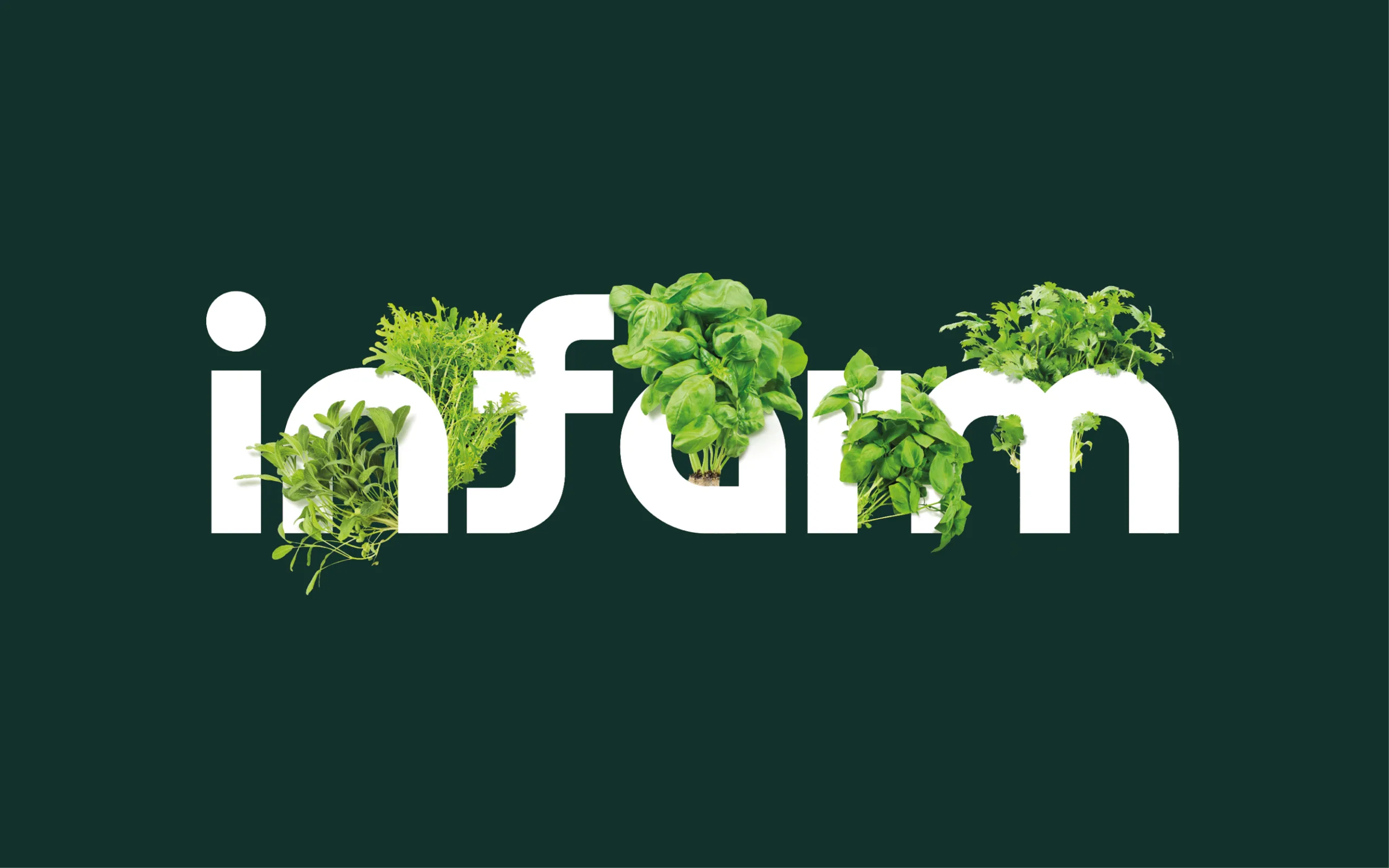
Design Leadership
Building a Design department in a fast paced startup.
In 2017, I joined Infarm, a young startup with 50 employees and a vision to feed the world sustainably by 2050. As Design Manager and later as Head of Design R&D, I built and led the R&D Design department as the company grew to over 1200 employees
Key Challenges
→Develop an efficient and healthy design organization within a hyper growth environment
→Build the foundation for global scale operations where state of the art is non existent, with highly limited time and resources.
→Establish a Design culture within the R&D department and across the company.
→To bridge Hardware, Software and Operations from a Design standpoint, avoiding inefficient silos and ensuring optimal output.
All images & video presented on this page are the propriety of Infarm.
Achivements
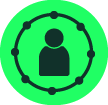
360° team expertise
Over the last 6 years, I built and led a highly skilled, multidisciplinary design team at Infarm. I successfully recruited, trained, and managed a team from 2 to 12 designers, design leads, and non-designers. Despite the hyper-growth pressure in the R&D department, we achieved a healthy output and maintained low turnover.
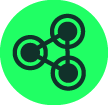
Value creation
My teams identified and drove major initiatives in industrial design, digital tools, and strategic design. We iteratively optimized unit economics, CAPEX, and OPEX, enabling the company to scale and reach a valuation of up to 1 billion USD. Our contributions played a key role in the company's success, helping to establish it as a leading player in the industry.
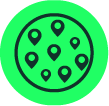
Enabled Global Growth
Since 2017, we have been at the helm of designing and developing 5 generations of vertical farming systems that cater to both small and large scale operations. These systems have been scaled to a global network of over 1000 farming units, spread across 1850 store locations in 10 countries across North America, Europe, and Asia..
Centrally Embedded
As a design department embedded in R&D, our goal is to support the development of hardware, software and new crops introductions. So Infarm could scale rapidly and deploy fully operational systems all over the globe.
We adopted an agile oriented team setup with on one side "know-how" teams (ID/UX/Strategy) and on the other side "cross functional product teams" to raise autonomy, ownership and speed of delivery.
Staggered Department Growth
The growth of the design department was in three stages. Balancing company needs and available resources while incrementaly raising company Design maturity.
01.Building Foundations
To develop at high speed the foundations of an operational vertical farming ecosystem.
In the early stages, we focused heavily on hardware and operations to establish the foundation of our service. Our team designed the farming systems, point of sale, packaging, and operational tools, as well as the front-end and back-end workflow.
We prioritized development speed and agile iteration, pushing quickly to market for direct feedback and refinement. Our in-house hardware production capabilities reduced the number of stakeholders and streamlined decision-making to implementation.
02.Strengthening Expertise
Building scalable digital tools and the continuous improvement of our hardware and services Unit economics.
As operations scaled, we developed in-house software to handle planning, monitoring, and operations. With additional resources, I expanded the company's UX capabilities by embedding designers in software product teams. This laid the groundwork for our digital tools. We developed our design process from discovery to implementation as well as the foundations of a scalable design system .
On the hardware and operations design front, we shifted our focus to Capex optimization and integrated third-party suppliers for the production of our systems at scale.
03.Enabling Strategies
Leveraging the holistic design capabilities to build long term hardware, software and business strategy.
As we established the Strategic Design team, we were able to collaborate effectively with business strategy and product management teams to deliver a long-term vision for our hardware, software, and business model. Our efforts had a holistic impact beyond R&D, identifying potential paths to profitability for our services.
In addition, the design teams played a key role in facilitating communication and collaboration between different hardware and software teams. We utilized visualization skills and co-creation methodologies to increase our impact and ensure a cohesive design approach across the organization.
Teams & ownership
Overview of the teams I led, their main Design ownership and key members through the years. Note that some designers moved from one team to another. I am very supportive toward designer wanting to evolve toward other field
Industrial Design team
Key Members (2017-2023): Micha Yemini | Xijing Xu | Lisa Felsmann (-2019) | Piotr Stolarski
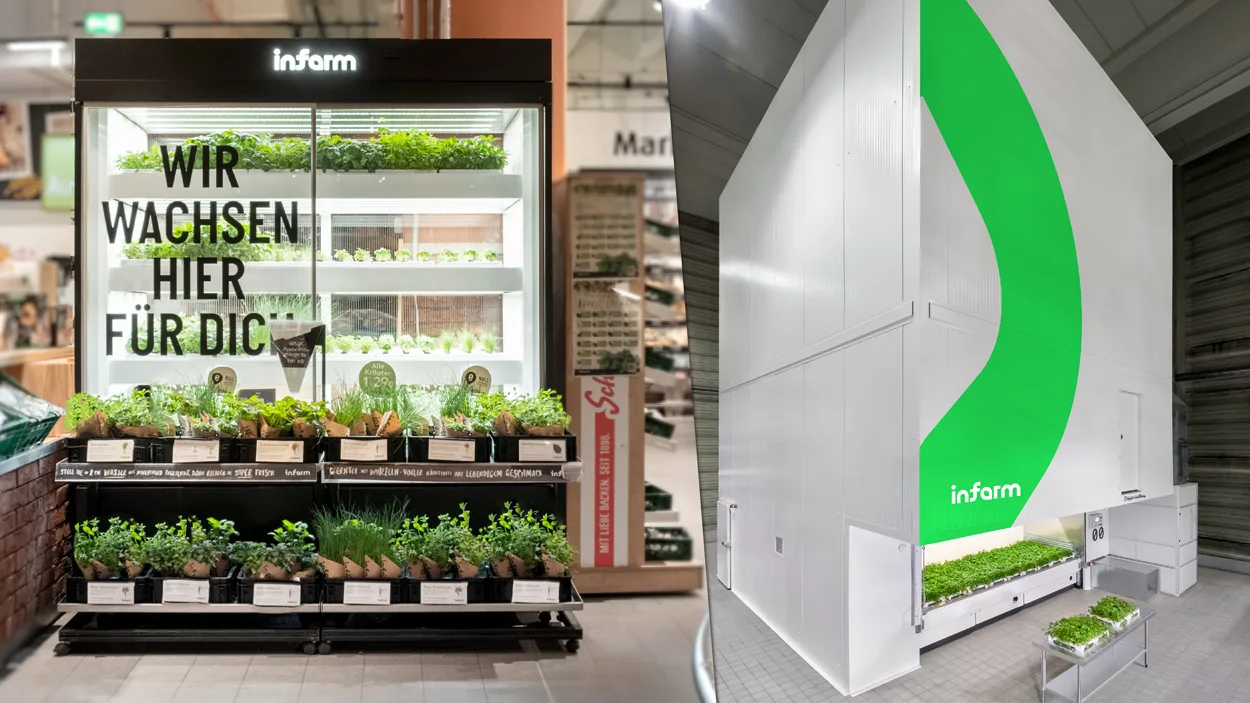
Hardware Design development of our small and large Farming system to deliver the highest product quality and iteratively optimized CAPEX/OPEX.
Design of the custom operation hardware tools.
Retail design (POS, Packaging,...).
Prospective hardware design ideation and prototyping.
Cross team co-creation and visualization facilitation.
UX Design team
Key Members (2019-2023): Ana Da Costa | Lisa Felsmann| Simon Gwinner | Michelle Wu | Paula Haertel | Bianca Di Giovanni| Thomas Wagner (-2021).
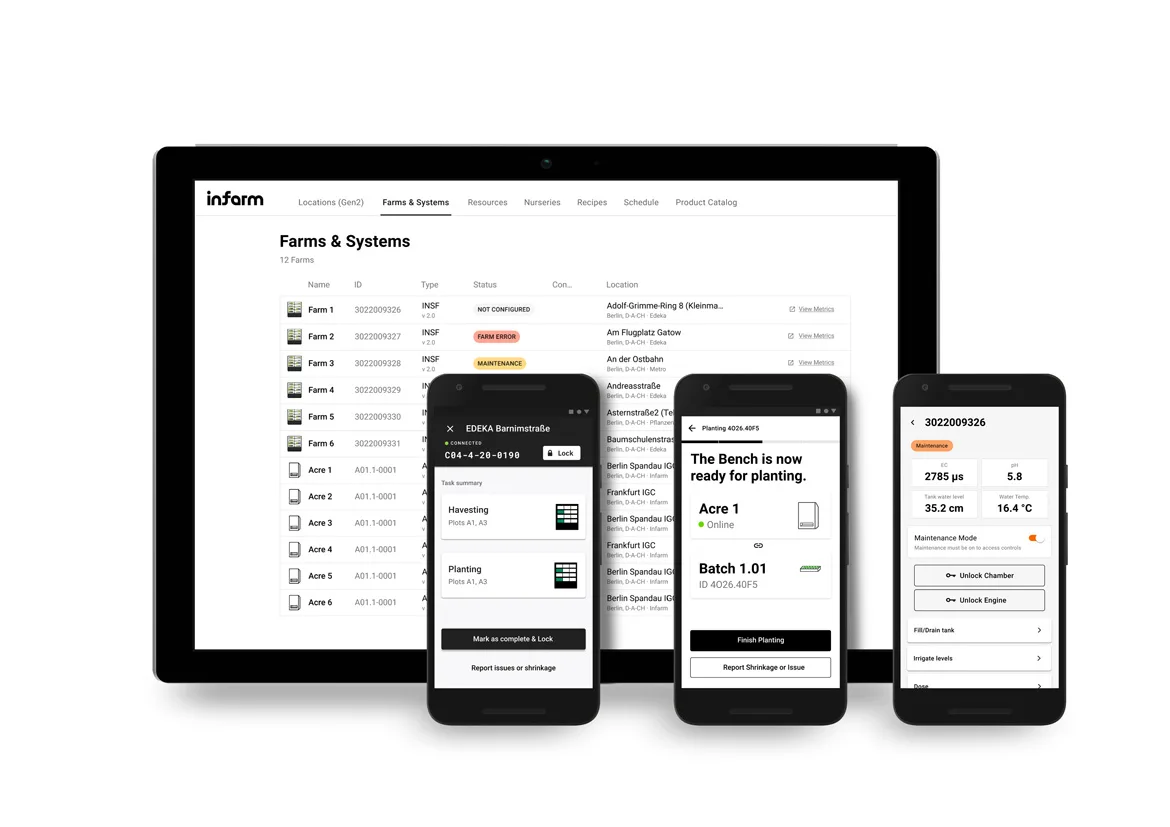
- Design and user experience of all in-house digital tools including
- Field operation app
- System maintenance app
- Operation and planning tools
- Plant & Farm health monitoring tools
- Field operation app
- Design discovery and impact assessment research.
- "Design System" development.
- User satisfaction monitoring.
- UX Product Vision development.
Strategic Design team
Key Members (2021-2023): Thomas Wagner | Dominique Kupka

Operational Workflow design development and optimization of our systems (manual and automated).
New crops introduction workflow development.
Design and piloting of prospective business and operational models.
Cross departments facilitation on design thinking and co-creation workshop.
Product & Design Vision support.
Internal company user experience (onboarding UX,...)
Values
As I reflect on my past experiences, I have identified my top 5 fundational north star values that guide my actions and that I strive to instill in the teams I work with. I am happy to discuss as "how" I put these into actions during a face to face discussion.
Human first
The work starts with humans and ends for humans. Design is about identifying and meeting the needs of all stakeholders, from end users to back-end operators. This was especially crucial in a B2B environment where the lines and priorities between users and stakeholders are not always clear.
Sustainable and resilient future
I don’t see any other priority more critical than working for a socially positive and sustainable future. Design and entrepreneurship have to make this their first goal and be radical about it. As a designer this means to consider the product impact as holistically as possible, from production, disposal, as well as its social impact.
Proactivity & Ownership
I strongly believe in fostering self-initiative and ownership, as I have seen some of the best and most impactful outcomes come from individuals and teams who take ownership of their work and drive it forward with passion.
Healthy Culture
I believe that an impactful team is a healthy and inclusive team. I prioritize hiring individuals from diverse backgrounds who exhibit empathy and kindness in addition to possess the necessary professional creative skill set. Cultural fit and ability to work collaboratively are top of my list.
Keep Challenging
I believe in constantly challenging the status quo and questioning established ways of doing things, processes, and outcomes to ensure they are aligned with our goals. This approach allows me to take a holistic but in-depth view of a problem, which is key to unlocking innovation.
Build upon failures
I strongly believe that the best designs are born from continuous learning, failing and iterating. Therefore, I strive to create a safe and encouraging environment for teams to experiment, explore and challenge assumptions as much as possible. This is also in line with our agile methodologies that we have been applying to both software and hardware design in recent years.